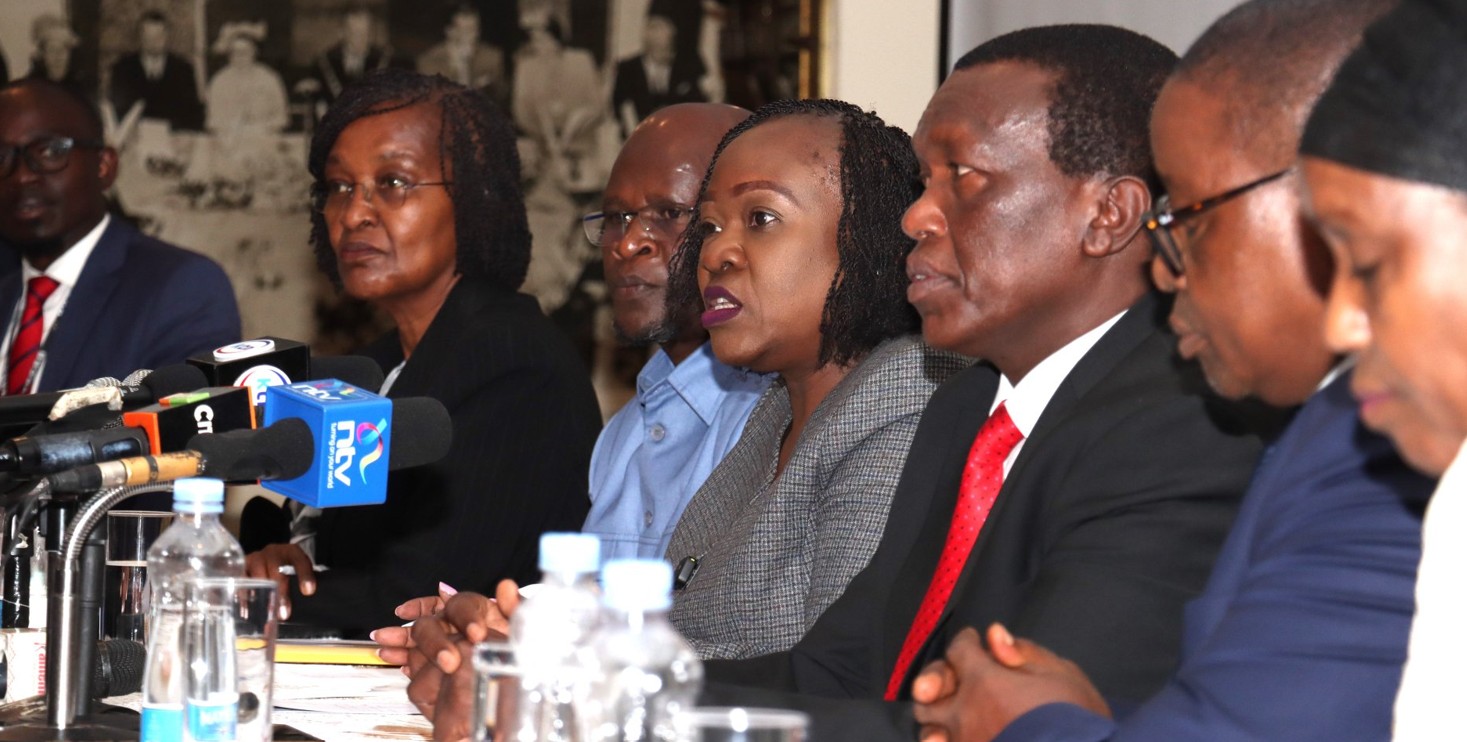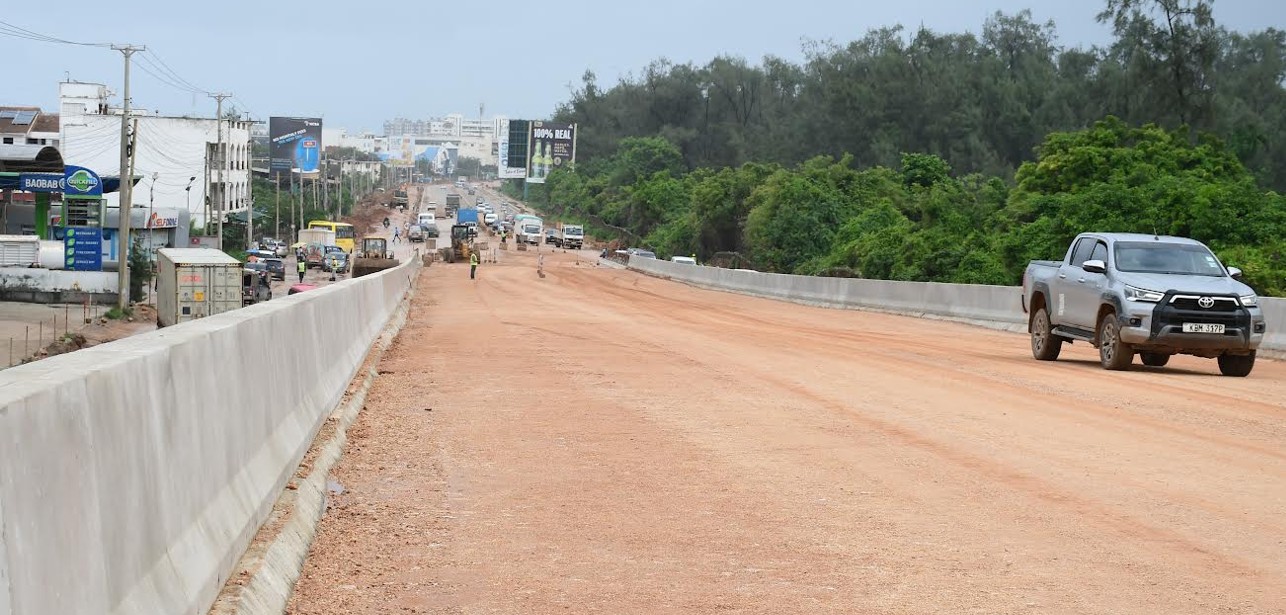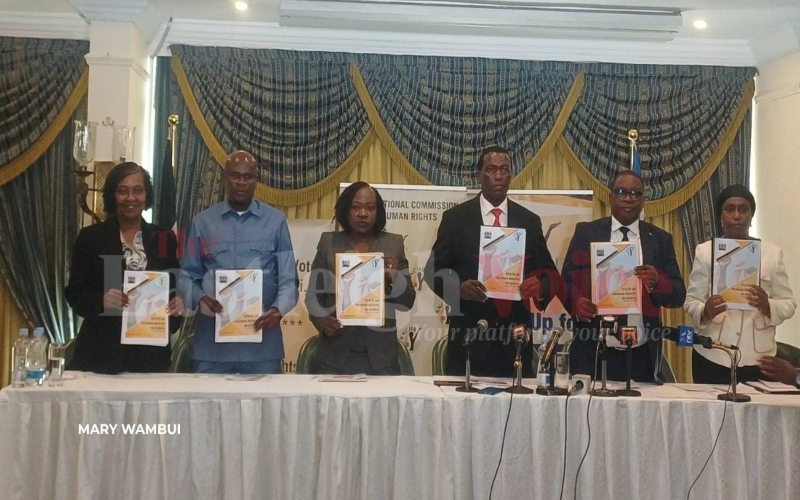Nairobi, Kiambu lead Kenya’s insurance uptake as rural counties lag

The report links higher insurance uptake to counties with stronger formal employment, thriving businesses, better literacy rates, and more stable household incomes.
Kenya’s counties continue to show wide gaps in insurance coverage, with Nairobi and Kiambu leading, while several western and eastern regions lag far behind.
A recent Financial Sector Deepening (FSD) survey highlights that millions of households remain without insurance, leaving them vulnerable to health emergencies, accidents, and livelihood losses.
More To Read
- Father recalls unimaginable pain after identifying missing daughter in Shakahola case
- Tear gas, running battles rock Kariobangi North as rival groups clash during Gachagua church visit
- High-rise living in Nairobi’s Pipeline estate is stressful: How men and women cope
- Kenya’s urban slum schools: Why access doesn’t guarantee better learning outcomes
- Nairobi’s mitumba and retail traders pin hopes on affordable basics to keep customers buying
- Revealed: Mediated pact that halted Governor Johnson Sakaja’s impeachment
The survey shows that in 2024, 12 per cent of residents in both Nairobi and Kiambu had at least one insurance policy in their own name, excluding social health coverage.
Murang’a followed closely at 11.3 per cent, Nyeri at 10 per cent, and Kirinyaga at 9.5 per cent. At the lower end, Kisumu recorded 1.1 per cent, Siaya 1.2 per cent, and Meru 1.3 per cent.
The report links higher insurance uptake to counties with stronger formal employment, thriving businesses, better literacy rates, and more stable household incomes.
Counties with large informal economies and weaker financial infrastructure, such as Kitui, Taita-Taveta, Marsabit, West Pokot, Lamu, Homa Bay, and Kilifi, show far lower coverage.
The FSD survey emphasises that limited insurance exposes families to risks that can deepen poverty.
Globally, insurance is considered a measure of financial literacy and economic stability. Urban and peri-urban counties with higher income diversity and formal job opportunities tend to have stronger uptake, while rural regions fall behind.
“By 2024, exclusion from insurance (excluding NHIF) remains highest among casual workers, dependents and agricultural livelihoods, suggesting that informal employment and financial vulnerability limit access,” the survey notes.
“Those employed and business owners show relatively lower rates of exclusion. Those who are not financially healthy and in lower wealth quintiles consistently report high levels of insurance exclusion, while improvements are seen among financially healthier and wealthier individuals. The data underscores a persistent socio-economic divide in usage of insurance services.”
According to the Kenya National Bureau of Statistics (KNBS), Nairobi contributes 27.4 per cent to the country’s economy, followed by Nakuru (5.7 per cent), Kiambu (5.5 per cent), Mombasa (4.8 per cent), Meru (3.5 per cent), and Machakos (3.2 per cent).
The FSD survey, conducted during Kenya’s transition from NHIF to the Social Health Insurance Fund (SHIF), shows that insurance held in individuals’ names fell from 6.9 per cent in 2021 to 6.3 per cent in 2024, while access, including NHIF, decreased from 23.7 per cent to 22 per cent.
Despite this, usage through employer-based schemes or as dependents rose from 11.4 per cent to 13.7 per cent for non-NHIF insurance and from 28.2 per cent to 29.5 per cent overall.
Affordability remains the main barrier, cited by 76.2 per cent of uninsured respondents, with women more affected than men. Lack of understanding of insurance follows, particularly in rural areas.
Other obstacles include a lack of national ID, the perception that insurance is unnecessary, and limited trust in providers. For those who previously held insurance, 61.4 per cent stopped due to high premiums, while 41.9 per cent cited loss of income or employment.
Education continues to play a key role in uptake: tertiary-educated Kenyans had 18.9 per cent coverage, excluding NHIF, compared to just one per cent for those without formal education.
“The survey revealed that access to insurance excluding NHIF varied by education level, reinforcing the findings that a lack of understanding contributes to low uptake among those without insurance in their own name,” the report states.
Top Stories Today












































